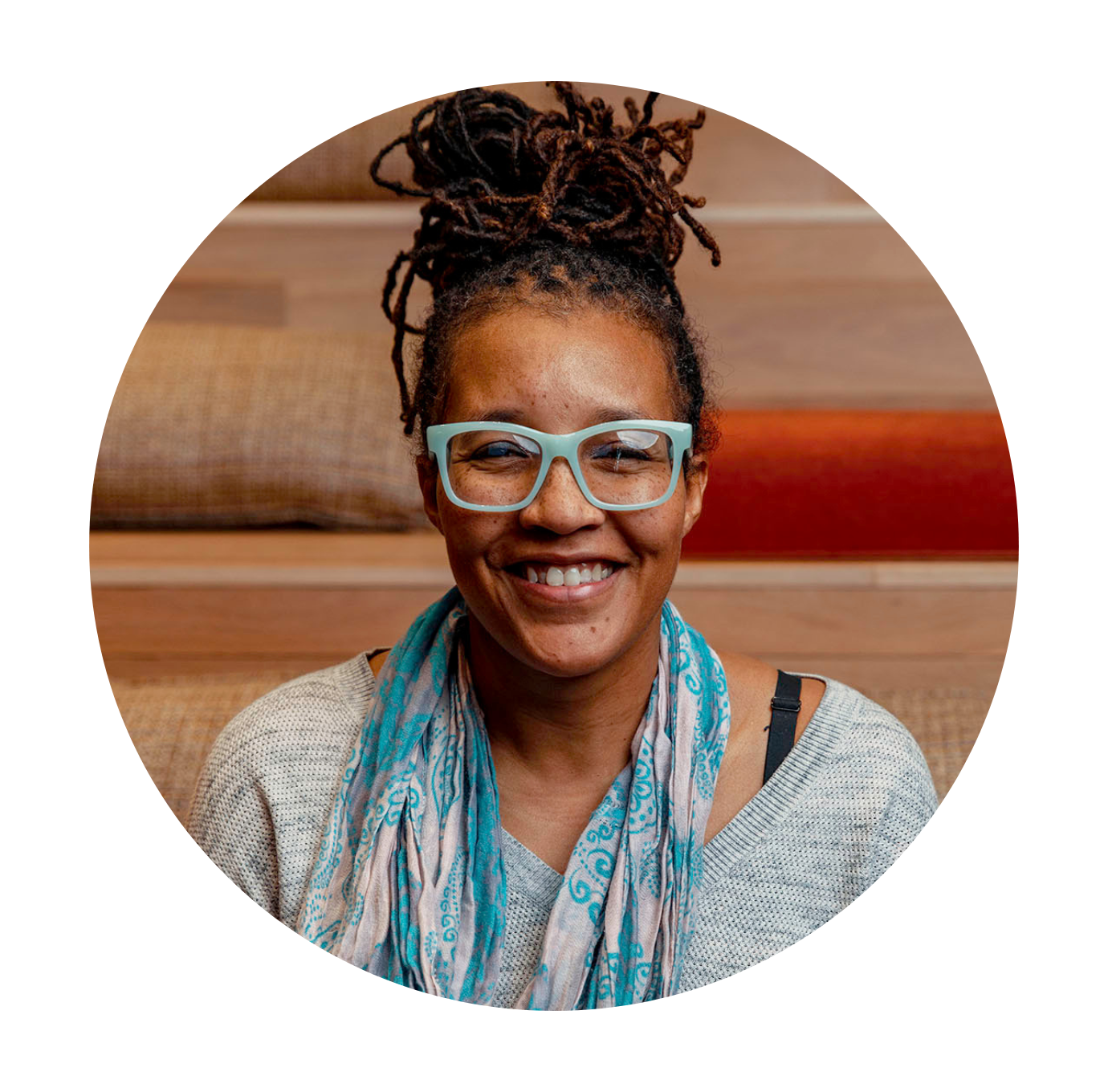You’ve probably heard of occupational therapy before, but do you actually know what it is — or if it could help you, your child, or even your aging parent? Many people confuse OT with physical therapy, or think it’s only about work-related issues. In reality, occupational therapy is all about making everyday life easier and more meaningful.
I’m Dr. Brandy Archie, occupational therapist and founder of AskSAMIE, where we connect people with the tools, strategies, and services needed to live life to the fullest — no matter your age or ability. In this blog, I’ll answer the five most common questions I get about OT so you’ll walk away knowing exactly how it works, who it helps, and how it might be the missing link to greater independence.
1. What Is Occupational Therapy?
Occupational therapy (OT) is a health profession dedicated to helping people do the things that matter most to them — what we call occupations. These aren’t just jobs. Occupations are all the daily activities that bring structure, purpose, and joy to life. That could mean getting dressed in the morning, cooking dinner, playing a favorite sport, parenting, or pursuing hobbies.
When illness, injury, disability, or aging make those activities harder, occupational therapists step in. We assess the whole picture — the person, their environment, and the activity — and then create practical solutions so people can participate as fully as possible.
That might look like:
-
Teaching strategies to save energy after surgery
-
Modifying a kitchen to make cooking safe for someone with arthritis
-
Supporting a child with sensory processing challenges to thrive in school
OT is evidence-based, holistic, and person-centered. The ultimate goal is to help people live life on their own terms, safely and independently.
OT Insight: Occupational therapy is not just about physical recovery — it’s about aligning your environment, your abilities, and your routines so you can keep doing what matters.
👉 Related Resource: Learn how something as simple as adjusting the height of a walker can make daily activities safer and more comfortable.
2. What Do Occupational Therapy Assistants Do?
Another common question is about occupational therapy assistants (often called OTAs or COTAs). These professionals play a key role in the therapy process.
Here’s how it works: the occupational therapist evaluates a client, identifies goals, and develops a treatment plan. Then, OT assistants often carry out the day-to-day sessions. They’re the ones leading hands-on interventions, practicing strategies with clients, and tracking progress.
They don’t work in isolation. OTAs collaborate closely with the supervising OT, providing real-time feedback so the plan can be adjusted as needed.
Think of it like this: the OT sets the roadmap, and the OTA helps you travel it step by step. Together, they form a team that makes therapy goals achievable and sustainable.
Pro Tip: If you’re receiving OT, ask if there’s an OTA on your care team. Their hands-on expertise often means more opportunities to practice and refine the skills you need most.
3. Why Is OT Important and Who Does It Help?
OT is important because it focuses on what makes life meaningful. When people can participate in daily life — whether that’s a child learning to play, an adult returning to work, or an older adult staying safe at home — health outcomes improve and quality of life goes up.
The truth is, OT can help almost anyone. Here are a few concrete examples:
-
Children: A child’s “job” is to play and learn. OTs help kids with developmental delays, sensory processing differences, or disabilities by building coordination, teaching regulation strategies, and creating adaptations to thrive in school and at home.
-
Adults: Someone recovering from a stroke, brain injury, or orthopedic surgery may need to relearn daily skills like brushing teeth, cooking, or driving. OT provides structured practice and adaptive strategies to make independence possible again.
-
Older Adults: As people age, changes in strength, balance, memory, or vision can make everyday tasks harder. OTs help maximize ability, recommend home modifications, and teach safer ways to stay independent.
-
Mental Health: For individuals with depression, anxiety, or other mental health conditions, OTs provide strategies to manage daily routines, organize tasks, and engage in life in ways that support recovery.
Why it Works: OT is effective because it meets people where they are — building skills, modifying tasks, or adapting environments so success is always possible.
👉 Related Resource: Read our guide on bathroom safety to see how small changes can make a huge difference in independence at home.
4. Which Type of OT Is Right for Me?
Occupational therapy is provided in a wide range of settings. The right type depends on your needs and stage of life.
-
Pediatric OT: Available in schools, outpatient clinics, children’s hospitals, and early intervention programs. These OTs support children’s development, play, and learning.
-
Inpatient OT: Found in hospitals, inpatient rehab facilities, and skilled nursing facilities. OTs here focus on regaining independence after serious illness, injury, or surgery.
-
Outpatient OT: Offered in clinics where you attend appointments without staying overnight. Great for ongoing recovery, chronic conditions, or specific skill-building.
-
Home Health OT: Provided in your home after hospital discharge or during recovery when traveling to a clinic isn’t yet possible. OTs also recommend home modifications to make daily life safer.
-
Community-Based OT: Offered outside traditional medical systems, like community centers, nature-based programs, or even virtually. These OTs focus on wellness, prevention, and participation.
OT Insight: OT isn’t only for recovery — it can also be preventative. For example, older adults may work with an OT proactively to reduce fall risks and remain independent longer.
5. How Does OT Help Adults with ADHD?
Many people think of ADHD as a childhood condition, but millions of adults live with it every day. Occupational therapy offers practical, life-changing strategies tailored to how the ADHD brain works.
Here are a few ways OT helps:
-
Time Management: Teaching tools like timers, planners, and visual schedules.
-
Environmental Modifications: Organizing workspaces to minimize distractions.
-
Daily Routines: Creating consistent, structured habits that build stability.
-
Compensatory Strategies: Using task chunking, habit stacking, and checklists to complete important tasks.
OT for ADHD isn’t about changing who you are. It’s about designing systems that make life easier, reduce overwhelm, and help you follow through on what matters most.
Why it Works: Instead of fighting against ADHD symptoms, OT creates supportive routines that align with how your brain works — empowering you to succeed on your own terms.
👉 Related Resource: Explore our adaptive handwriting blog to learn more about ways to improve focus and fine motor control.
Conclusion
Occupational therapy is about more than recovery — it’s about living life to the fullest, no matter your situation. From helping children develop, to supporting adults after injury, to empowering older adults to age safely at home, OT provides practical strategies that restore independence and confidence.
If you’re wondering whether occupational therapy could help you or a loved one, the answer is likely yes. At AskSAMIE, we’re here to connect you with the right tools, resources, and therapists so you don’t have to figure it out alone.
👉 Explore more guides on our AskSAMIE Blog or visit AskSAMIE.com to find adaptive equipment and support that makes everyday life easier.


